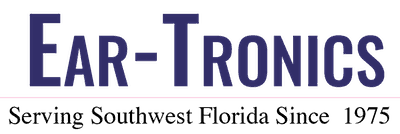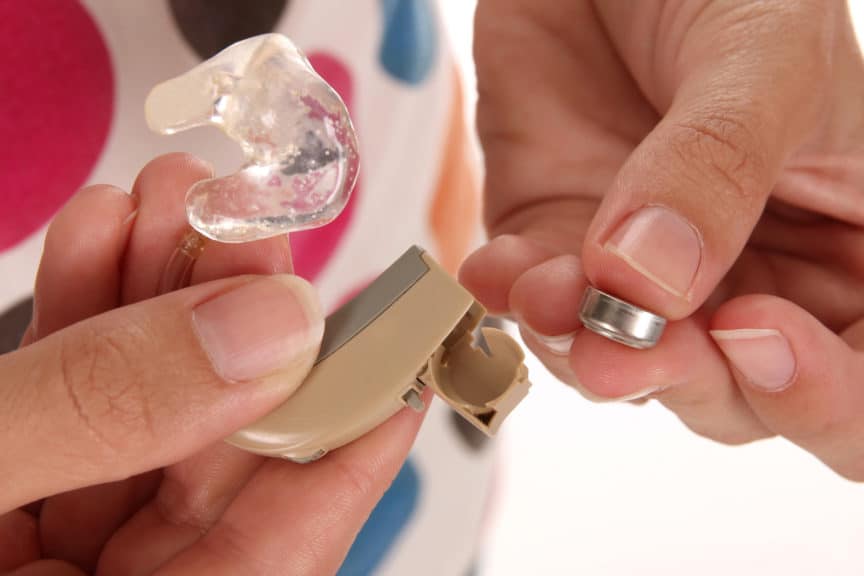Hearing aids, more than most pieces of technology, are exposed to significant wear and tear as they are often used every waking hour of every day. After all, what other technology do you have that is turned on, working all day every day, and is vital to your ability to move through your day-to-day life? In addition to working all day, they are exposed to your inner ears’ conditions and external environmental factors.
General Care
Hearing aids are a substantial investment; how you care for them will greatly impact their lifespan. Let’s review some general care tips for maintaining your hearing aids.
- Know your environmental conditions- Do you live in hot and humid weather? Cold and dry? Or is there a mix and change with the seasons? If the weather is hot and humid, your hearing aids will be exposed to more moisture, both from the weather as well as sweating. Therefore, drying them out at night in dehumidification kits is a good idea. If it is cold and dry, it is important to not leave them outside if you aren’t wearing them. Like most technology, extreme temperatures can be damaging, do not leave them outside exposed to the environment if you aren’t wearing them.
- Be aware of your surroundings- Are there pets in the home? What about young kids? Most hearing aids come with batteries, these can be extremely dangerous to anyone or any pet that might ingest them. Furthermore, it’s not unheard of for pets to eat the hearing aids themselves. Keep your hearing aids and supplies out of reach of children and pets.
- Water resistant or waterproof or neither- Some hearing aids are water resistant, others are waterproof, however, most hearing aids are neither. Moisture in any form can be damaging to your hearing aids. Know your hearing aids and their limitations and don’t test them. Do not wear them in the shower or pool even if you “aren’t getting your head wet”. Other people might splash in the pool or you might even forget and dunk your head with your hearing aids on. Furthermore, if it’s raining outside, make sure your head is completely covered.
Cleaning your hearing aids
There are different types of hearing aids that require different types of care. However, all hearing aids should be inspected and cleaned every night when you remove them. Make sure to only use cleaning instruments provided by your hearing health provider.
ITE hearing aids, or in-the-ear hearing aids, are much more exposed to your ears’ qualities. Because the entire device is in the ear, ear wax and moisture can impact these types of aids more than other types of hearing aids.
- Use a small bristle brush that your hearing health provider has provided to gently brush away any wax build-up on the microphone.
- A small pick or loop pick may be used to clean the wax out of the other holes on the device.
- The wax trap can be cleaned with the loop pick or hook, however, it can also be replaced based on the amount of wax present. The replacements and how to use them should be reviewed with your hearing health provider before using. You should never insert anything into the hole where the wax trap is removed.
BTE hearing aids, or behind-the-ear hearing aids, tend to be a little easier to clean as the microphone and the bigger pieces of technology sit outside the ear canal. This means that ear wax and dirt from the ear canal need only be cleaned from the piece that sits in the ear.
- Wipe clean the outer piece of the hearing aid with a dry cloth.
- Whether there is a mold or dome-style transmitter that sits in the ear, both should be cleaned. A mold can sometimes be soaked in soap and water, whereas a dome-style device will have a wax trap that should be cleaned and replaced similar to an ITE-style wax trap. As this type varies, speak to your provider about the best method for cleaning this piece.
Daily care for your hearing aids will greatly improve the lifespan of your hearing aids. Make sure to talk to your provider about these cares and the tools needed to perform the care before taking them home.

